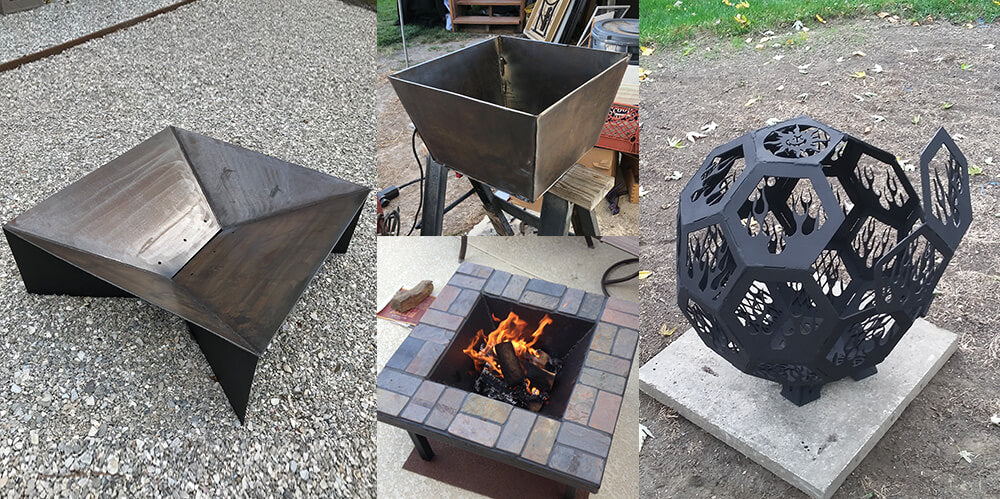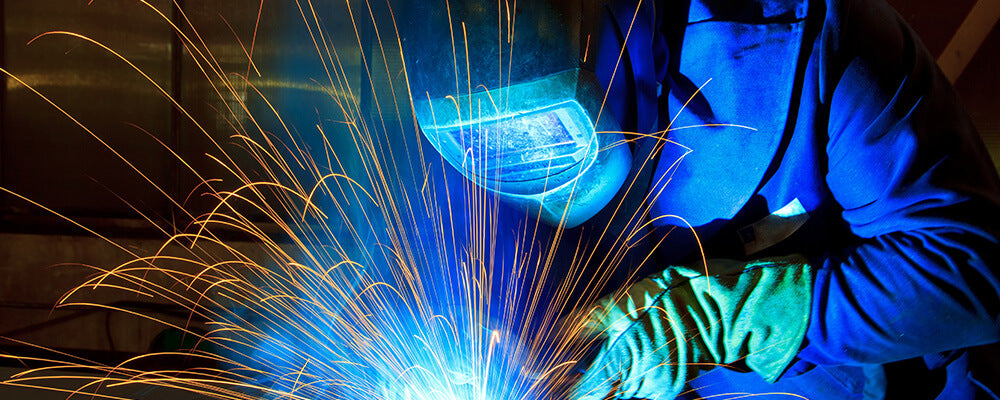Welding is a science, there’s no doubt about it. But in reality, it often comes down to experience: the “feel” of the weld pool, how the arc sounds. Welders learn by doing over and over, creating habits. In most cases, this is a good thing. Welders don’t generally repeat the same activity if it produces negative results. But that’s not always the case. Here are some of the top bad habits welders don’t usually know they even have.

Close Enough
A majority of welding issues are caused by improper settings. In fact, for new welders, choosing the right settings is the most frustrating problem of all. That’s because it can be hard to tell where your issue lies. A beginner might think their positioning is causing issues when really their amps are too high. They might think they’re struggling to control their weld pool when it’s simply the fact that their settings aren’t right to begin with.
Achieving the right settings can feel like turning a knob to find a radio station. As you turn the dial and the music becomes clearer and clearer, we often stop at a point that’s “good enough.”
Finding the right settings does have diminishing returns. Reaching absolute perfection often wouldn’t be worth the time and effort (though some cases require it). But many welders end up finding “good enough” settings when they first start learning and continue using them, even years later. Those settings might be good enough to produce and okay weld, but going from “good enough” to “good” could be a significant jump in the quality of your welds.
Locating the right settings has been easier in the last 10 years as more and more machines are produced with accurate and reliable auto-set features. The newer ESAB machines also have sMIG which actually adapts the machine’s settings to your welding. On top of that, there are welding apps out there that will help you find the right parameters. Every machine also comes with access to a manual that lists out specific settings for virtually every situation.
Proper Storage
Welding equipment isn’t cheap. And if it is, it isn’t good. Proper storage is one of the best habits you can make to prolong the quality and life of your machines and consumables.
Statistically, the biggest killer of welding machines is dust. The easy solution: break the habit of leaving your machines uncovered when not in use. If you don’t own a cover, IOC has a huge selection at some of the best prices.
For consumables, some types of rods don’t do well exposed to moisture. For instance, 7018 low-hydrogen rods can produce lower and lower quality welds the more they are exposed to moisture. Using the rods right out of the package is an easy solution, but unrealistic as you usually won’t use an entire package. In these cases, you really should look into the benefits of having a rod oven.
Another option is using ESAB electrodes with VacPac packaging. If unopened, these electrodes have a virtually unlimited shelf life. Once opened, the packaging can be somewhat closed again, prolonging the life of your electrodes compared to traditional packaging.
Pre- And Postheating
Preheating your base metal can be a pain. Because of this, a number of welders tend to skip this step, even when it’s necessary. Whether you need to preheat will depend on your process and base material. While pre- and postheating are used to prevent numerous issues, the main problem comes from cracking caused by extreme changes in temperatures.
For more tips on dealing with common welding problems, check out our post on preventing burnback.






